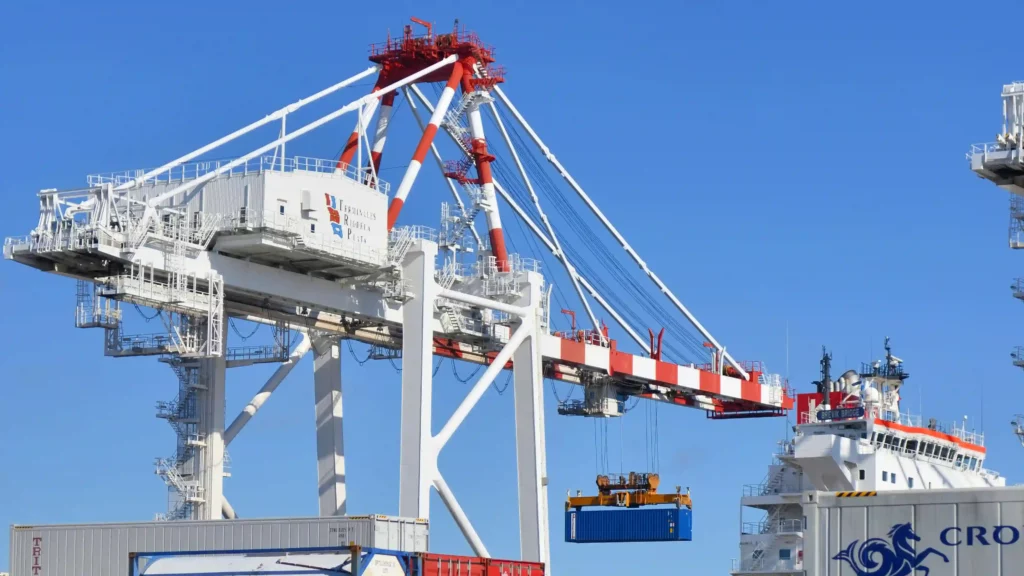Services
Noise Impact Assessments
Whether you’ve been asked to provide Noise Impact Assessment for your planning application or are preparing one proactively, Polaris Acoustics offers tailored noise and vibration consultancy for residential, commercial, and industrial developments.
Our services are fully customised to meet the specific requirements of your site, ensuring clarity, compliance, and confidence in your submission. If your needs aren’t listed below, simply get in touch — we’ll be happy to advise and provide a bespoke acoustic solution. Please scroll down to view our services.
Services
View our range of services below and click to find out more, or get in touch to discuss how we can best assist you with your project.
Why Choose Polaris Acoustics?
Polaris Acoustics illuminates your path to planning success with bespoke noise impact assessments crafted to the highest standards. Here’s what sets us apart:
Planning Ready
We deliver clear, planning-ready noise impact assessment reports. Whether for residential or commercial projects, we explain risks and mitigation in terms planners understand.
Suitably Qualified
All assessments are completed by suitably qualified professionals. We hold Full Membership with the IOA (MIOA) and valid Professionally Qualified Person CSCS cards to ensure technical and on-site compliance.
Fast Turnaround
Once noise monitoring is complete, we typically deliver your planning-ready acoustic report within 3 to 5 working days — keeping your project on track.
Noise Impact Assessment FAQs
Have questions about Noise Impact Assessments and the specific services that Polaris Acoustics provides? Our FAQs below cover everything from contacting our expert acoustic consultants to the services we offer. Therefore, if you don’t find the answer you need, feel free to reach out directly. We’re here to help with all your acoustics issues.
What's the difference between a BS 8233 and BS 4142 assessment?
When do I need a Noise Impact Assessment (NIA)?
You’ll typically need a Noise Impact Assessment (NIA) whenever your development will generate noise (e.g. plant equipment) or is located near a noise source, such as busy roads, railways, or industrial sites. Local authorities commonly require them to support planning applications, including planning conditions.
How long does a Noise Impact Assessment take?
Time depends on project complexity, but typically our process from on-site monitoring to report delivery takes around 2–4 weeks, with simpler schemes often completed within 3–5 working days post-survey.
What’s involved in the noise monitoring process?
We run on-site monitoring at key receptor locations using calibrated Class 1 instrumentation. This helps to establish the local sound levels and the character of the noise environment. Data is then analysed with acoustic models to predict impact and design mitigation measures for the acoustic assessments.
Will the report help reduce planning objections?
Yes. Our Noise Impact Assessments are planning-ready, clearly explaining risk and mitigation in language planners appreciate. We also outline actionable steps to address noise issues proactively—and offer support for follow-up queries.
Can you liaise with the council on my behalf?
Absolutely. Our consultancy includes clear, compliant reports, and we’re ready to assist with onward queries from Environmental Health or planning officers—saving you time and reducing delays with any noise impact assessment.
Contact Us
Ready to take the next step? Whether you have more questions about our noise impact assessments, would like to book in a noise survey, or simply want to say hello. Our team is here to assist you. Click below to find our contact form. We can’t wait to hear from you!
